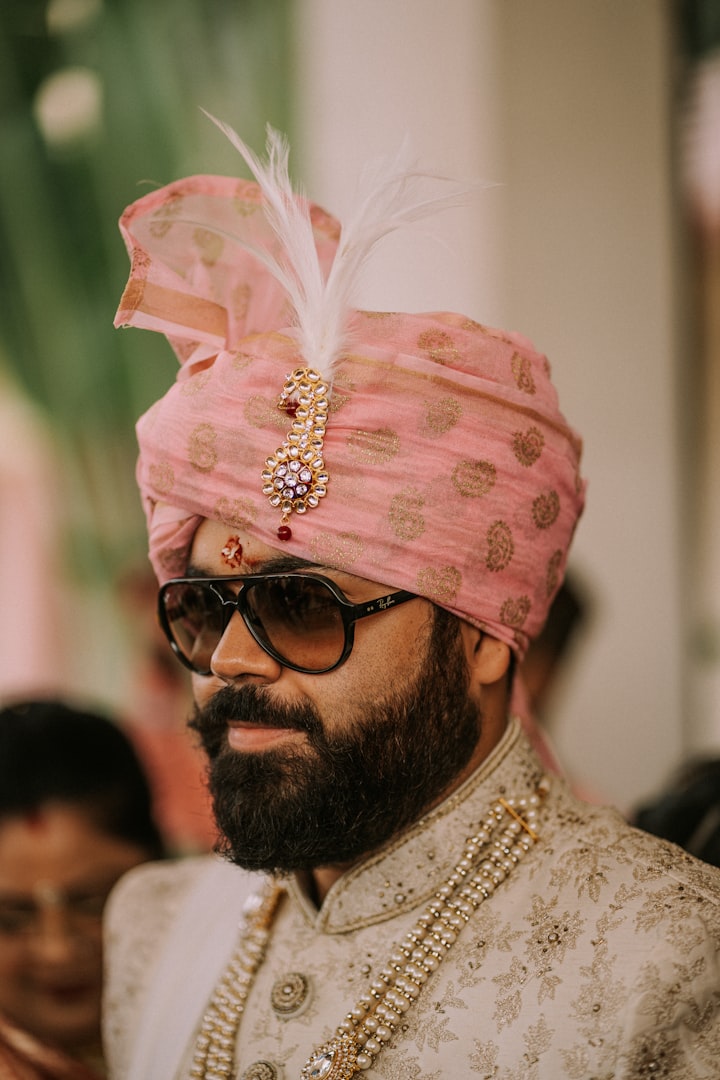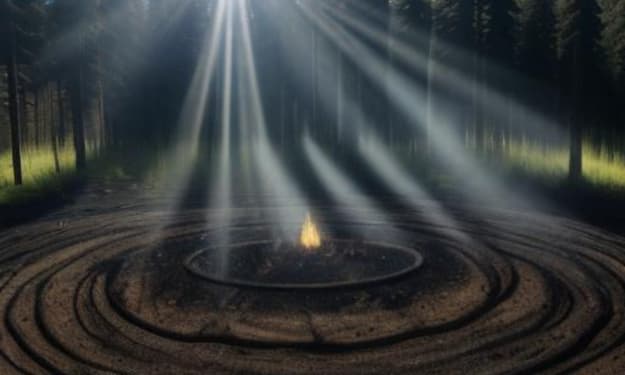What to wear to an Indian Wedding as a Guest?
Here’s a guide to what you must wear for an Indian wedding.

There are wedding bells everywhere! And, by the way, did you receive an invitation? We can already feel the rush of excitement! Indian weddings are one of the most elaborate events, with a long list of colourful ceremonies and long social hours.
As a wedding guest, the excitement of attending the nuptials as well as the pre and post-wedding functions can instantly perk you up. Then comes the most exciting yet perplexing question-
“What will you wear for the occasions?”
With exuberant celebrations and the cultural norm of wardrobe ostentation, it's always a good idea to have a well-planned wardrobe as a wedding guest. Every Indian wedding gathering has a distinct meaning and varies in terms of ambiance, necessitating different dress codes. That means you should step up your efforts if you plan to attend one or more wedding receptions this season!
Here’s a guide to what you must wear for an Indian wedding.
Wedding Wear Outfit Ideas for Guest:
Silhouettes and styles to opt for
What should you wear to the ceremonies? Should it be an elegant western designer gown or a traditional Indian silhouette? – Most of us going through these thought processes have a lot on our plates, such as social presentation and personal preferences. As a result, selecting appropriate attire is essential if you want to blend in with the crowd and enjoy the festivities to the fullest while feeling good and confident!
Whether you're from India or somewhere else in the world, we'd recommend styles that reflect Indian culture, so you can look your best at an Indian wedding. The most common festive outfits are sarees, salwar suits, and lehenga cholis or kurta over cotton vest and pyjama for men. However, the style and details may differ depending on the community culture.
Weddings in the Caribbean are typically pompous and flashy. Look for ostentatious outfits, such as brocade lehengas with metallic gold buttis and bright rani pink silk sarees. Heavy crystal-studded necklines and chunky embellishments are ideal for such occasions.
South and East Indian weddings are relatively low-key. Women take pride in wearing heritage weaves such as Baluchari Sarees, Tussar silks, Kanchipuram silk sarees, Pattu sarees, and other varieties of silk and silk blends. Gold jewellery, intricately handcrafted, is also an essential part of festive attire. However, wearing a saree is not required. You can choose between a sophisticated silk salwar suit and a plain georgette suit paired with a designer dupatta.
Nikah, the Islamic nuptial ceremony, requires similar attire, with minor variations in colour and silhouette styles. Sharara suits, Anarkali suits, and Indo-western lehenga suits in green, gold, and black colours, kurta with south Indian white lungi for men are appropriate for the occasion. In contrast to most other communities, black attire is acceptable for a Nikah ceremony.
Unless you strictly want to follow their traditions, your overall attire will have little to do with the community. Otherwise, you can wear a sharara suit to a South Indian wedding and a Kanchipuram silk saree to a North Indian wedding as a guest. The most important considerations are that the attire be traditional and modest. Deep necklines and other skin-baring details should be avoided.
Colors for the occasion
Colors abound in ethnic wear, as do the vibes of Indian weddings. As a result, these occasions allow you to sample a variety of cuisines. Unless there is a dress code or a colour theme, you can wear whatever colours you want, from bright pinks to jewelled greens and mystifying blues, or the entire spectrum. Heavy red/maroon sarees and monotone red/maroon lehenga cholis should be avoided because they appear more like bridal wear. You wouldn't want to compete with her on her special day as a guest and well-wisher!
Softer pastel and neutral palettes are also acceptable. A pastel peach cotton silk saree for a day ceremony and a taupe sequined lycra saree for a dusk-hour celebration are both options.
Accessories are inevitable
It is socially acceptable to enter a wedding venue wearing a lot of jewellery. On such occasions, Indians enjoy flaunting precious metals and diamonds, so attending an Indian wedding is like entering a treasure island. Choose your jewellery based on your relationship to the couple getting married when planning your outfit. The heavier the jewellery, the closer the relationship!
However, with a shift toward subtle dressing and wardrobe experiments outside of the wedding legacy, you can now play low with the accessories, especially as a wedding guest. So don't be concerned if you don't own a heavy gold necklace or a sparkling diamond set.
If you want to be fashionable, you must wear trendy shoes. For such occasions, it's a good idea to stock up on embroidered juttis, bright chappals, and stone-studded heels. Avoid wearing your favourite high heels because the rituals of an Indian wedding can last for hours!
About the Creator
Amit Kumar
Full-time thinker & part-time writer...
Enjoyed the story? Support the Creator.
Subscribe for free to receive all their stories in your feed. You could also pledge your support or give them a one-off tip, letting them know you appreciate their work.






Comments
There are no comments for this story
Be the first to respond and start the conversation.